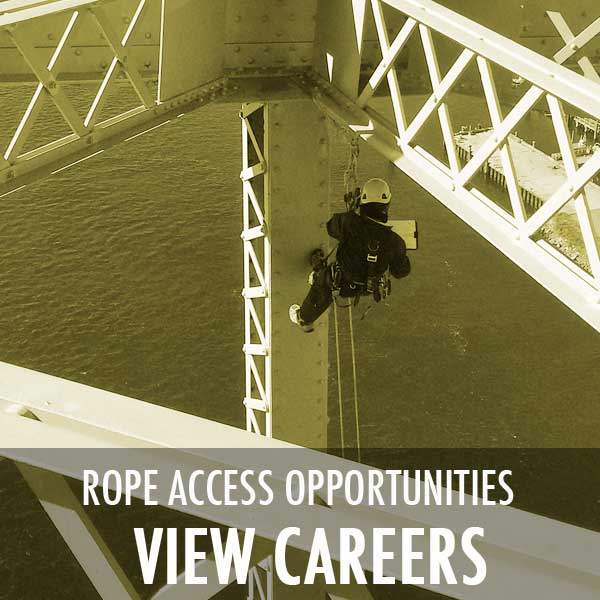RAC offers comprehensive training manuals and process writing for personnel working at height or in confined spaces.
Site-specific regulation-complaint safe work procedural plans overview both the basics and specifics of appropriate system setup and operation for your facility. By closely following the strict operating procedures established by international rope access regulating bodies IRATA and SPRAT you can ensure that impeccable safety measures and work plans are maintained on your jobsite. Thorough written operating procedures extensively outline management systems for training, equipping and supervising rope access operations. A custom tailored safety procedure accounts for the unique operating facilities and environment of a company, the client’s requirements and all relevant legislation. The necessary employee role of a Rope Access Program Manager will also be clearly designated for ensuring responsible implementation and maintenance of the rope access management safety systems. An Equipment Manager may also be assigned to ensure that all gear is effectively inspected, maintained and uniquely identified. Some basics you should know about Rope Access procedures: Effectively written process and procedure manuals ensure that both staff working methods and rope access equipment is kept compatible with every component of your safety system. Our experience rope access procedure writers can also develop comprehensive procedures for confined space rescue plans. When properly executed, rope access is the world’s safest method of working at heights and in confined spaces. The average injury rate for other industries is nearly 4 times higher, while construction industry incident rates rank over 6 times higher.



